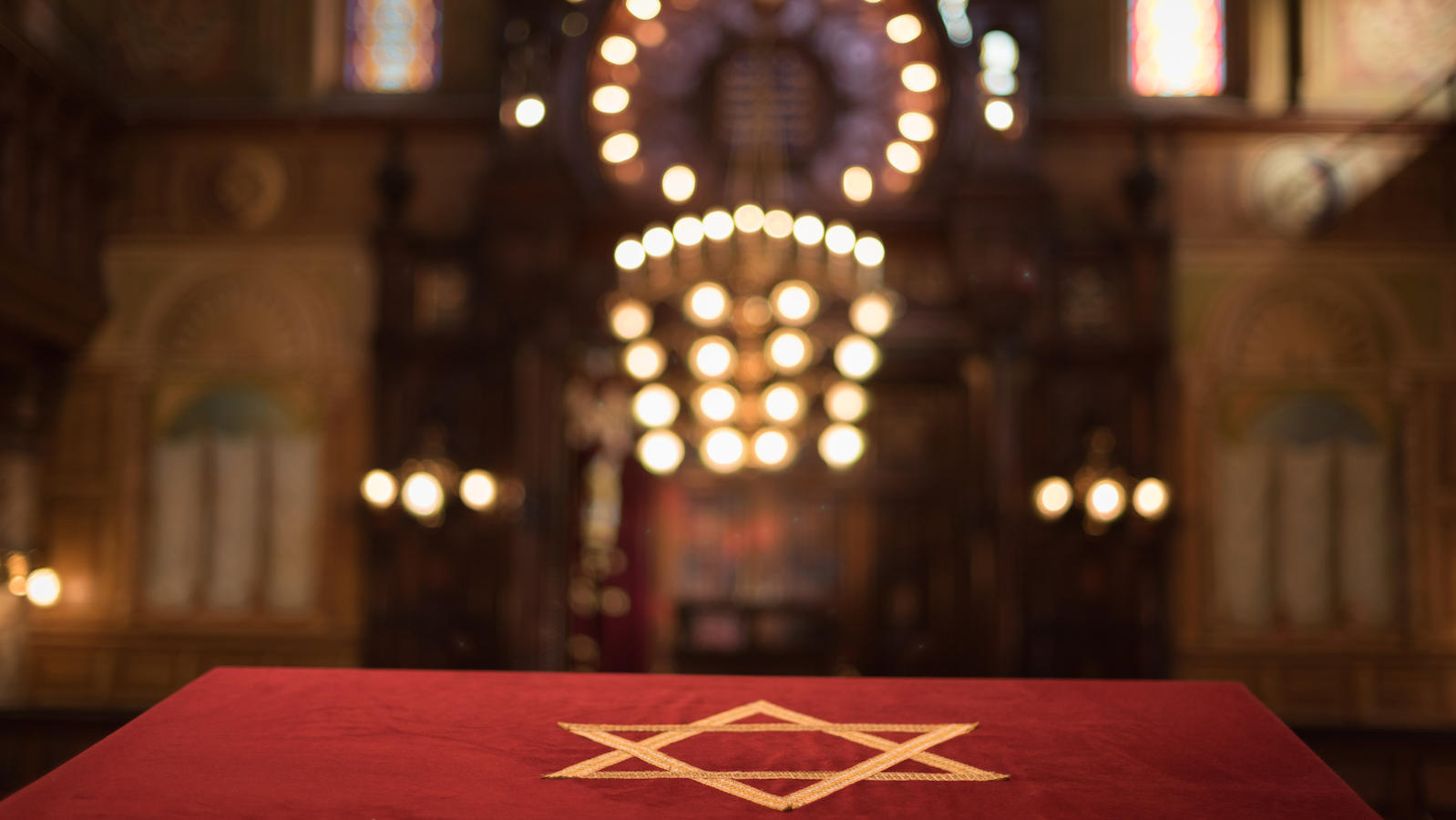Biblical References to Yom Kippur
The biblical account of Yom Kippur describes a day dedicated to atonement and abstinence. Leviticus 23:27 tells us that on the 10th day of the month of :
“You should do no work throughout that day. For it is a Day of Atonement (“ im”) on which expiation is made on your behalf before the Lord your God. Indeed, any person who does not practice self-denial throughout that day shall be cut off from his people…”
In addition to the abnegation alluded to above, we are also told in Leviticus that on this day the High Priest would perform sacred rites in order to achieve expiation of the people’s sins. These rites included a lottery to choose two goats — one to be consecrated to God and one to “Azazel.” While the exact meaning of the word Azazel is uncertain, the ritual required the High Priest to confess the sins of Israel on this Azazel-goat, and to set it free in the wilderness so that it “shall carry on it all their iniquities to an inaccessible region.” (Lev. 16:22) The goat consecrated to God was offered on the altar as a purification offering. (For a modern take on the goat ritual, you may want to check out G-dcast’s eScapegoat.)
When is Yom Kippur 2019? Click here to find out.
Rabbinic Literature and Yom Kippur
In rabbinic literature, Yom Kippur is given an additional name, Yom HaDin (Day of Judgment). This solemn day is the culmination of the aseret y’mei teshuvah (Ten Days of Repentance) following Rosh Hashanah. To the rabbis, marked the beginning of a spiritual trial for the souls of Israel. The 10 days of repentance could then be seen as a time for appeals, and Yom Kippur marked the climax — when the verdict was handed down. At this time God, the true judge, would decide the fate of all of Israel as individuals and as a community, and hopefully inscribe them into the Book of Life.

Help us keep Jewish knowledge accessible to millions of people around the world.
Your donation to My Jewish Learning fuels endless journeys of Jewish discovery. With your help, My Jewish Learning can continue to provide nonstop opportunities for learning, connection and growth.
The rabbis follow through on the biblical theme of self-denial in their discussions of the daily pleasures from which one must abstain on Yom Kippur. Among them are eating, drinking, bathing and anointing oneself, wearing leather-soled shoes (at the time the most comfortable option), and abstaining from sexual relations. These limitations are debated at great length in the Talmudic tractate devoted to Yom Kippur, entitled Yoma (literally, “the Day”).
The shift in focus from the High Priest-centered ritual to the idea of a trial examining the sins of Israel is a perfect example of rabbinic ingenuity in the face of political turmoil. In a text from the midrashic collection Avot De-Rabbi Natan we learn a story of Rabbi Yohanan Ben Zakkai walking with his colleague, Rabbi Joshua. Upon seeing the ruins of the second Temple, Rabbi Joshua said, “Woe to us, that the place which granted atonement lies in ruins!” Rabbi Yohanan replied, “Do not be distressed, there is another kind of atonement which is like it — and what is that? It is the doing of good deeds.” With the Temple in ruins, the rabbis developed a new, more portable agenda to allow for the expiation of sins far removed from the Temple cult.
Not Tied to the Agricultural Calendar
While most of the holidays originating in the Bible have their logical place on the agricultural calendar, Rosh Hashanah and Yom Kippur do not necessarily fit that mold. The rabbis tell us that the 10th of Tishrei was the day on which Moses completed and brought down the second set of commandments from Sinai, signifying that God had granted atonement for the sin of the Golden Calf. This rabbinic interpretation lends historical significance to the otherwise unexplained placement of the holiday 10 days after Rosh Hashanah.
In The Jewish Way, Rabbi Irving Greenberg explains that the High Holidays — the period including Rosh Hashanah, Yom Kippur, and the 10 days of repentance between them — concentrates a person’s mind on themes of mortality and the meaning of life. This period is a time to take stock and do Heshbon HaNefesh (an accounting of one’s life) and to take action by doing teshuvah (repenting from one’s sins). This is the crucial message that we take with us from the beginning to the end of Yom Kippur.




